AMD RDNA 4 Release Date, Price & Specifications [2025]
This article will explore what is currently known about the AMD RDNA 4 Release Date, next-gen GPUs’ architecture, cost, features, and specifications.
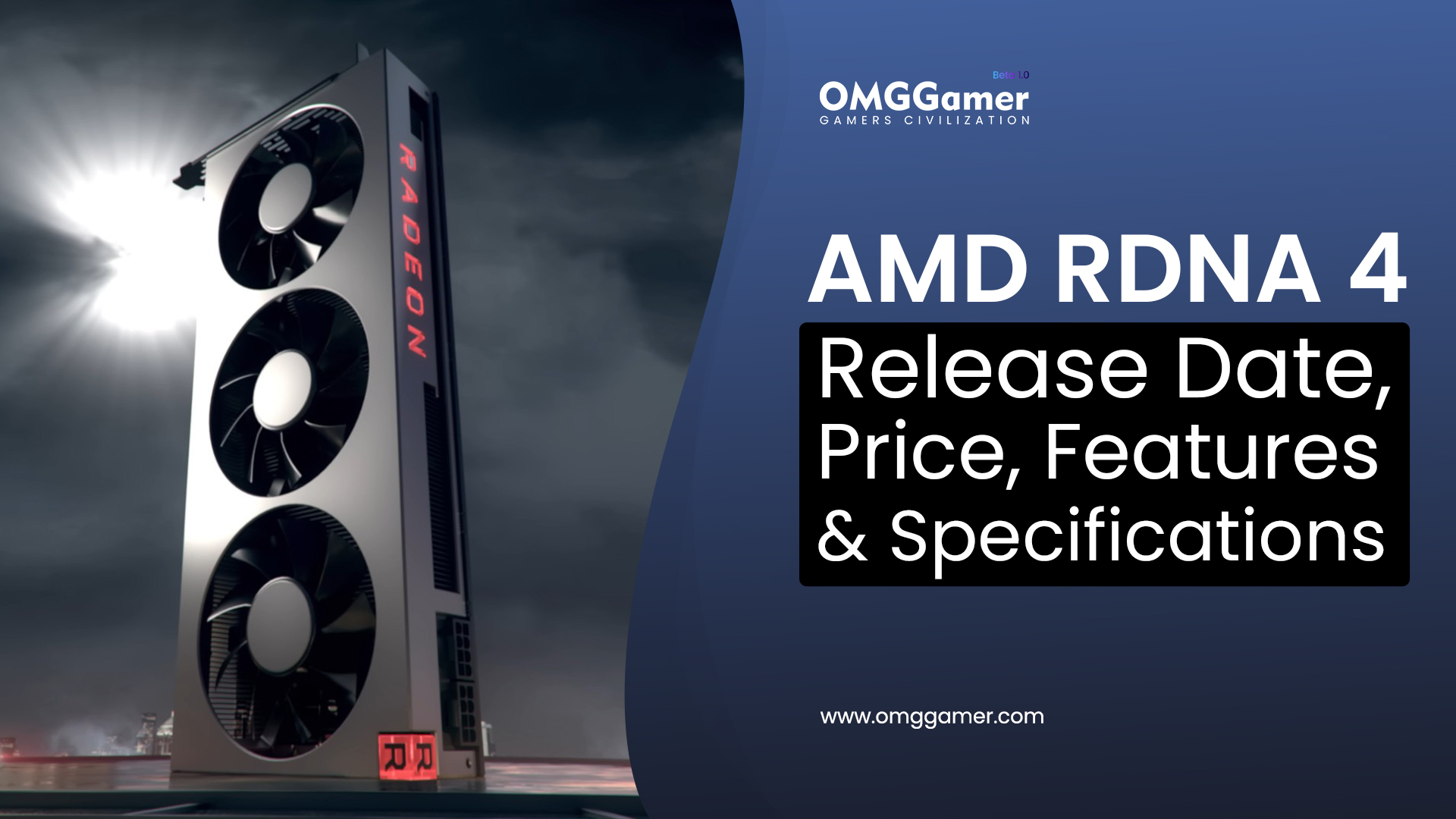
The new AMD RDNA 4 architecture has been creating a lot of buzz in the tech world since it is expected to perform significantly better than RDNA 3 and RDNA 2.
While there isn’t a set date for release just yet, rumors indicate that it might happen in 2025. RDNA 4 is anticipated to include enhanced manufacturing techniques, which could result in improved power efficiency, faster clock speeds, and more sophisticated graphics technologies.
AMD RDNA 4 Architecture?
The RX 5700XT, RX 6800 XT, and RX 6900 XT are three successful GPU generations based on AMD’s RDNA next architecture that surpassed NVIDIA’s RTX 3000 Series in both price and performance.
The most recent, next-generation RDNA 3-based RX 7900 XTX, demonstrated that it could compete favorably with NVIDIA’s RTX 4080, creating anticipation for RDNA 4.
Related: What Graphics Card Does The PS5 Have in 2025
AMD RDNA 4 is rumored to continue improving speed and power efficiency, possibly by employing TSMC’s better 5nm process node and hardware-accelerated ray tracing, even though AMD has not publicly confirmed this. With a potential release in 2025, RDNA 4 might present a new architecture for gaming and data center applications.
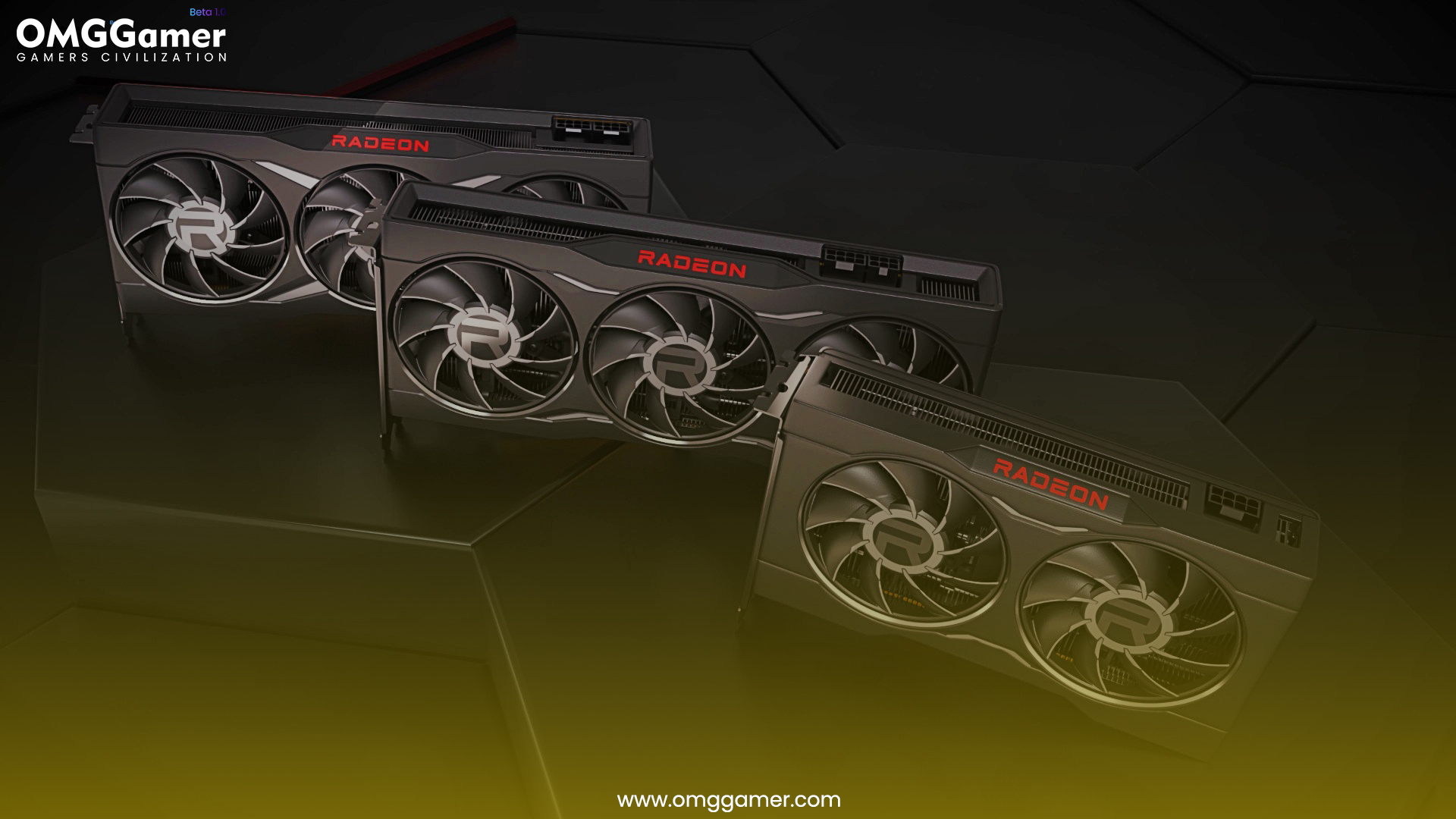
AMD RDNA 4 Release Date
Due to improved performance and power efficiency, AMD’s RDNA 3 GPUs, the RX 7900 XTX and RX 7900 XT, have generated attention in the gaming community. AMD is anticipated to launch low- to mid-range GPUs, and halo items have benchmark rumors about the RX 7950 XTX.
The earliest AMD RDNA 4 Release Date is in late 2025; however, a 2025 release is more likely to happen, giving the product time to be improved and compete with Nvidia’s RTX 30 series. Fans are anticipating the lineup changes for RDNA 4.
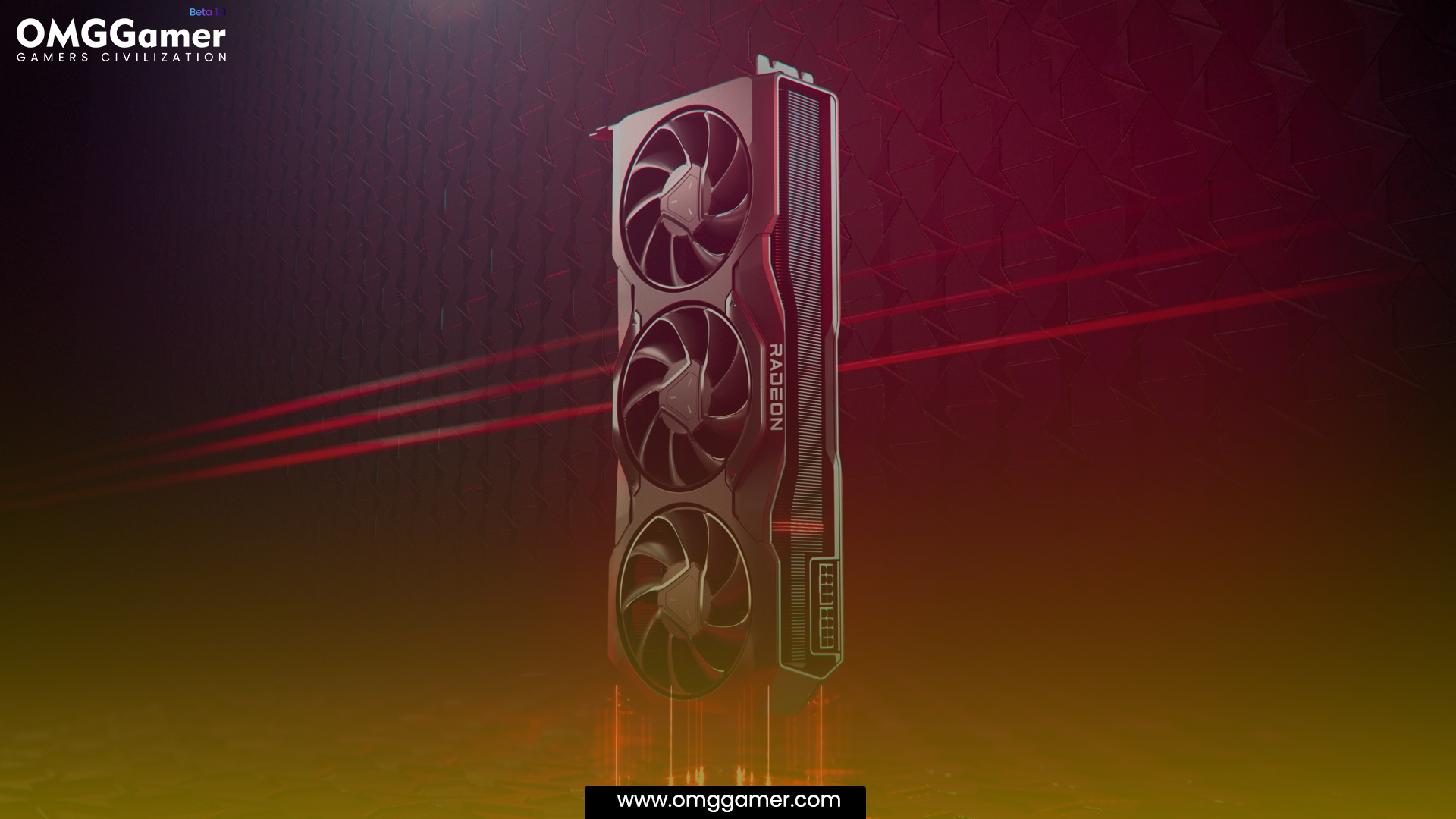
AMD RDNA 4 Features and Specifications
The RDNA 4 should have considerable performance and power efficiency improvements based on the developments and improvements observed in AMD’s prior GPU launches.
Shortly, it will probably have fewer production steps, more cores, and faster clock rates. The AMD RDNA 4 is a highly competitive GPU in the gaming business because it November also offer cutting-edge innovations like hardware ray tracing and variable rate shading.
Also Read: GTX VS RTX: Ultimate Comparison Nvidia Graphics Card [2025]
Also, at its recent Financial Analyst Day 2022, where Senior Vice President of Radeon Technologies Group David Wang displayed the roadmap for next-gen RDNA and CDNA GPUs, AMD revealed a few details about its next-gen RDNA 3 and RDNA 4 GPU architectures.
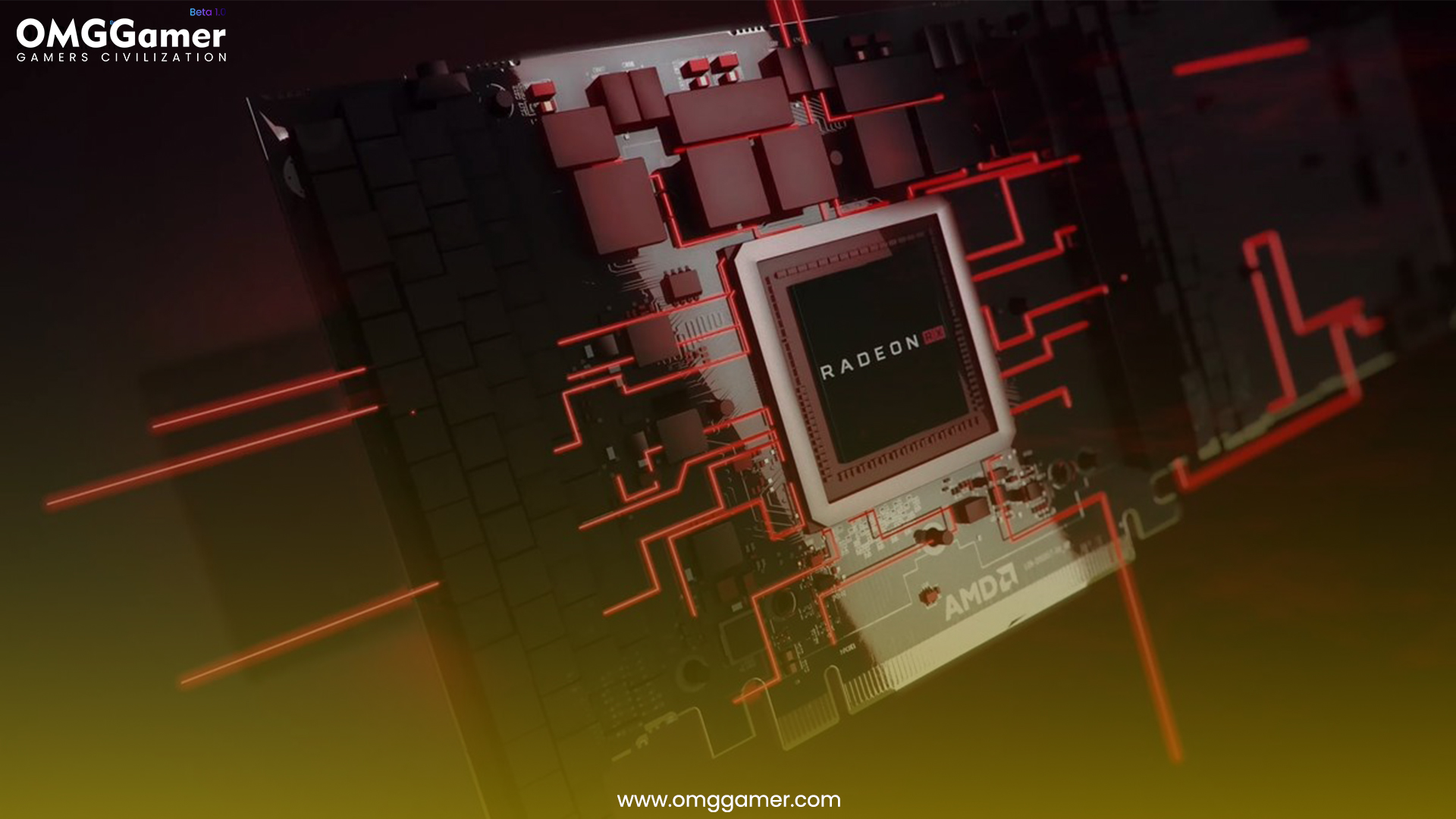
AMD RDNA 4 Performance
Although the performance of AMD RDNA 4 has not yet been made public, it is anticipated to perform significantly better than RDNA 3 and RDNA 2. According to rumors, RDNA 4 could have a clock speed over three times as fast as RDNA 3.
Advanced ray tracing and variable rate shading capabilities are also anticipated to enhance GPU performance. Although no official information is available, RDNA 4 November perform far better than RDNA 3 and RDNA 2 due to its higher clock speed and more sophisticated graphics technologies.
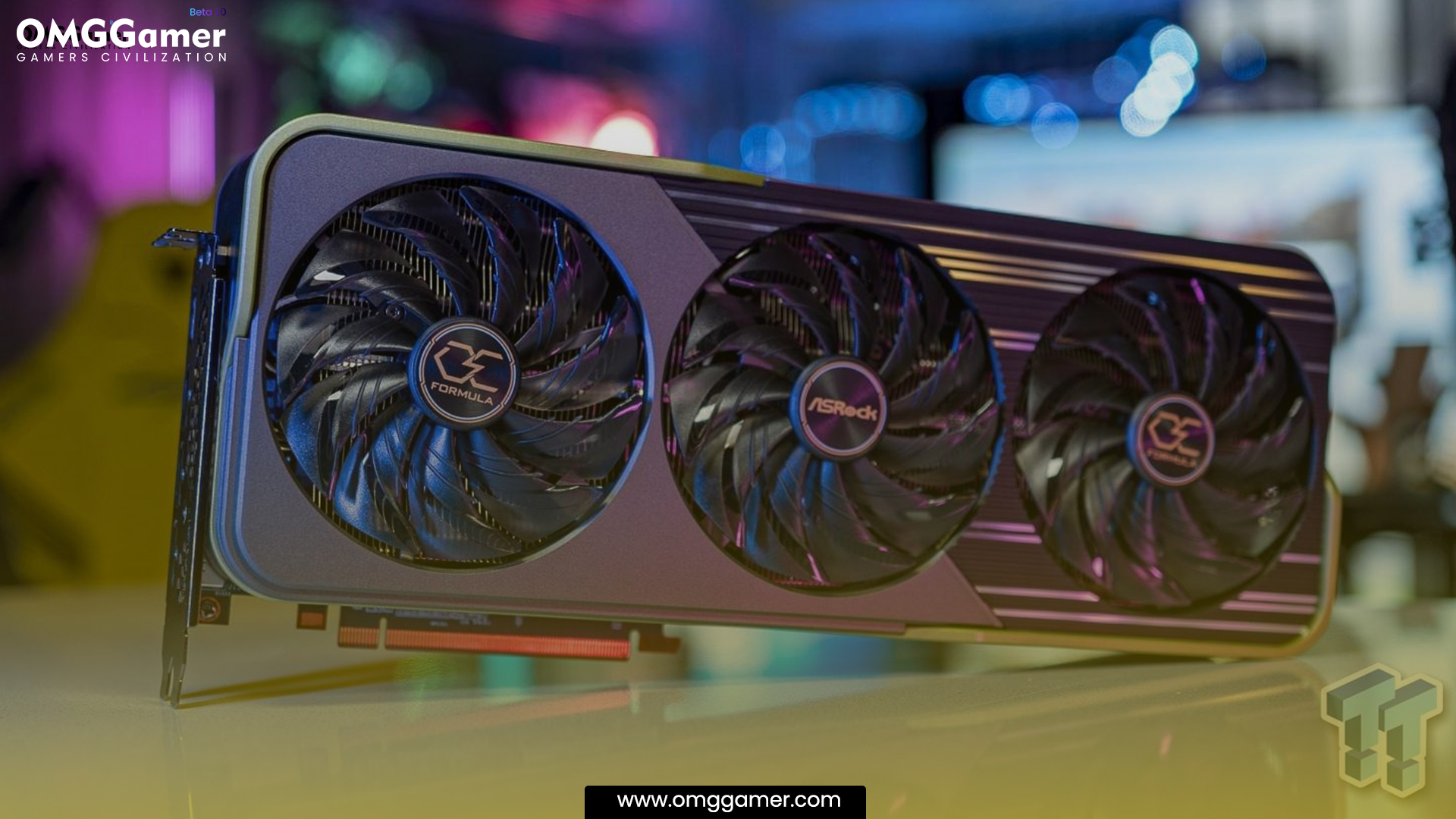
AMD RDNA 4 Price
According to some credible rumors, gamers eagerly await AMD RDNA 4 because of the promised power and efficiency. However, its price remains a secret, leaving fans to speculate based on prior releases’ specs and current trends.
Because of rising wafer pricing and competition from Nvidia’s most recent generation of graphics cards, it is anticipated to cost more than the RDNA 3. However, the RDNA 4’s upgrades, including faster clock rates and improved power efficiency, make it a worthwhile purchase for gamers looking for a top-notch gaming experience.
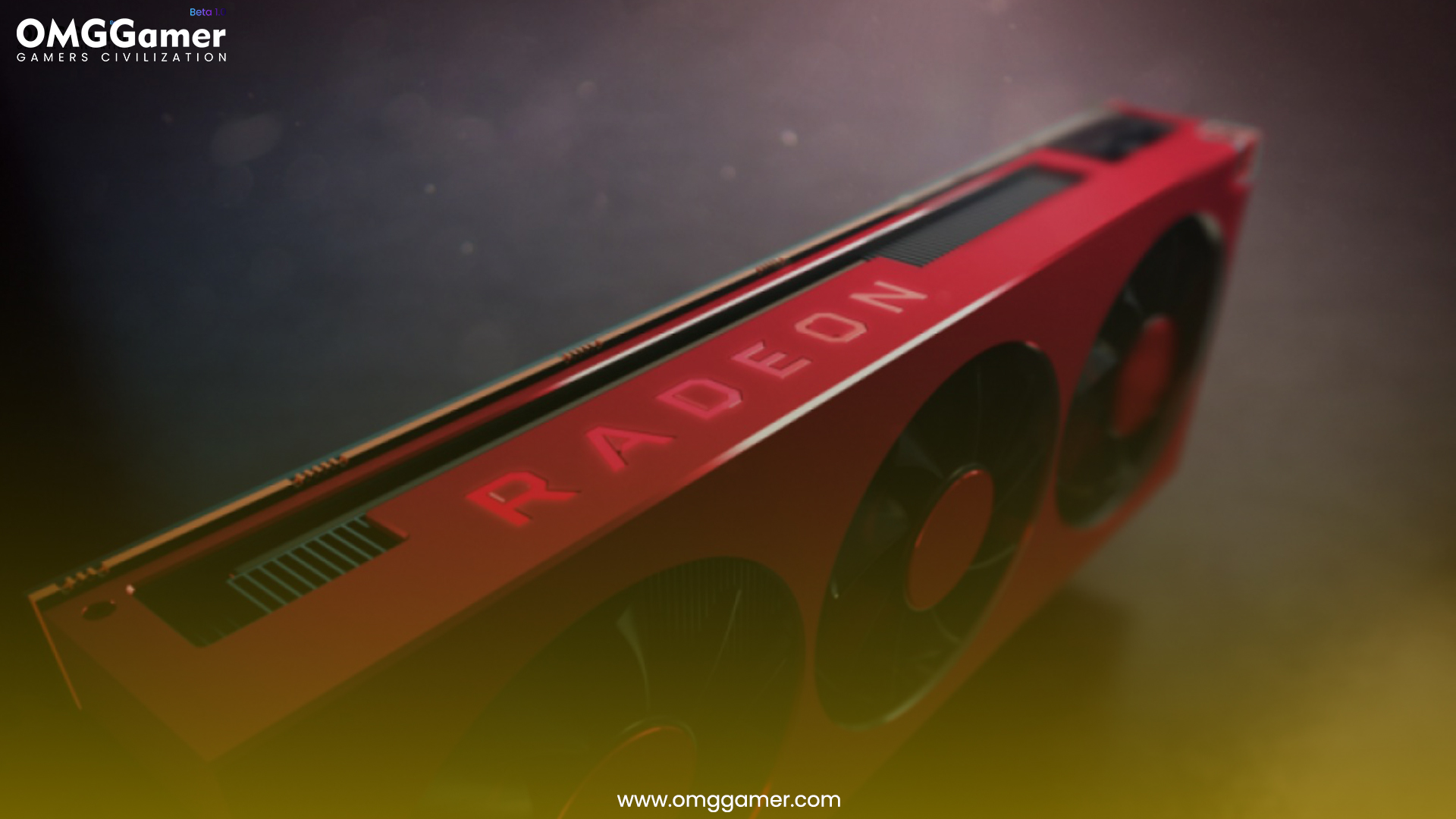
RDNA 4 VS RDNA 3 VS RDNA 2
Although the RDNA 4 architecture has not been made public, we can contrast it with earlier RDNA iterations. With hardware-accelerated ray tracing, variable rate shading, and Infinity Cache, which boost memory bandwidth and performance.
RDNA 2 uses a 7nm manufacturing process. Similar in production, but with better performance and power efficiency, is RDNA 3.
Also Read: 5 Cheapest 4K Graphics Cards for Gaming PC [2025]
It is anticipated to have clock speeds of 2.5 to 2.6 GHz, variable rate shading, and ray tracing capability. With faster clock rates, more sophisticated ray tracing, and variable rate shading, AMD RDNA 4 is anticipated to use a more advanced node with modern 5nm or 6nm manufacturing technology. Official information, however, has not yet been made public.
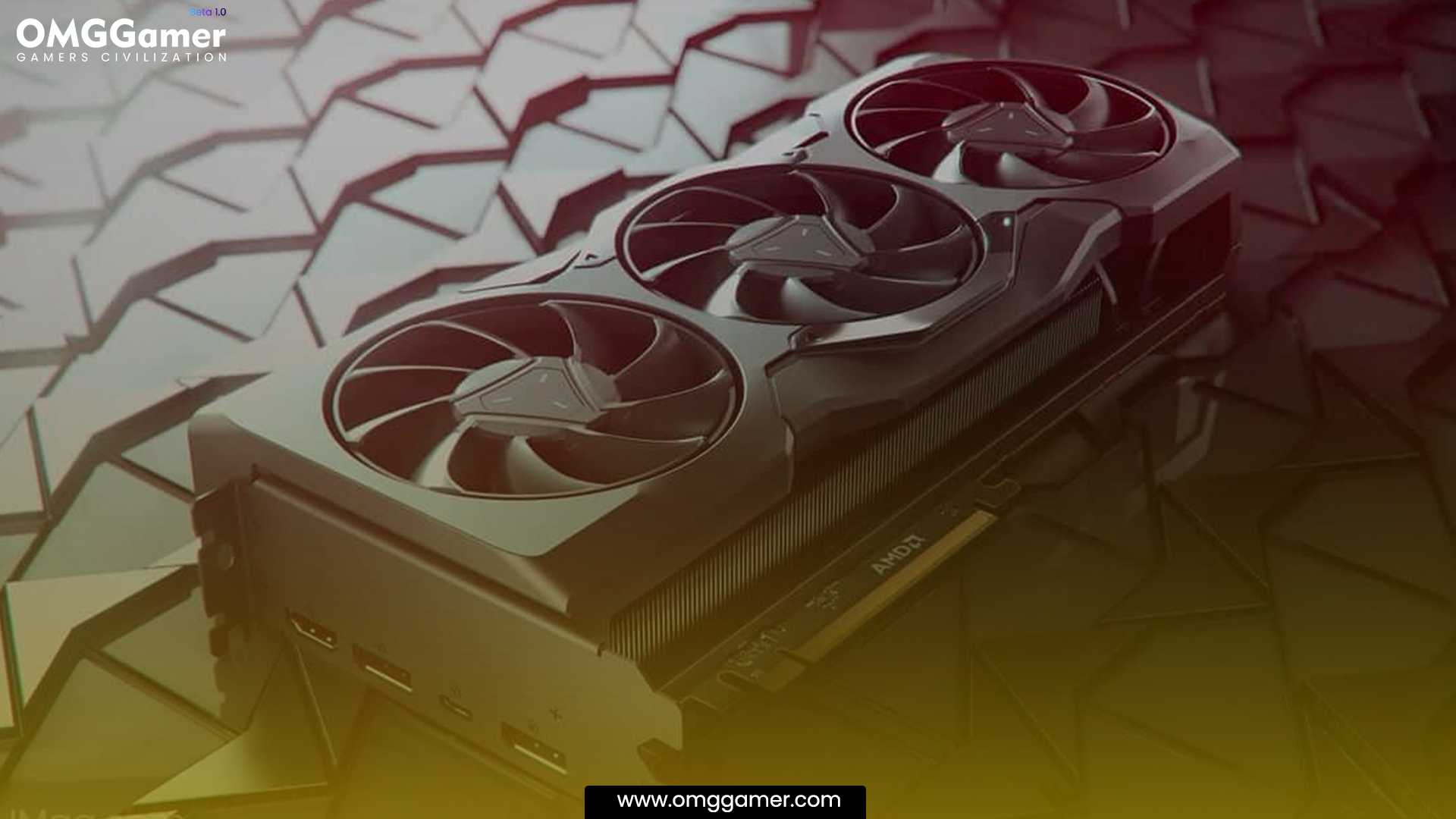
Difference between RDNA 4 and RDNA 3
AMD’s future AMD RDNA 4 graphics processor unit architecture is anticipated to outperform RDNA 3’s performance significantly.
RDNA 4 is rumored to be capable of clock speeds of 3.5+ GHz, a major improvement over RDNA 3. The increased clock speed, higher core counts, and better power efficiency are expected to boost performance substantially.
Must Read: AMD RDNA 3 Release Date, Price, Features & Specifications
A highly anticipated release in the GPU industry, AMD RDNA 4 is also predicted to enable cutting-edge technology, including hardware ray tracing and variable rate shading.
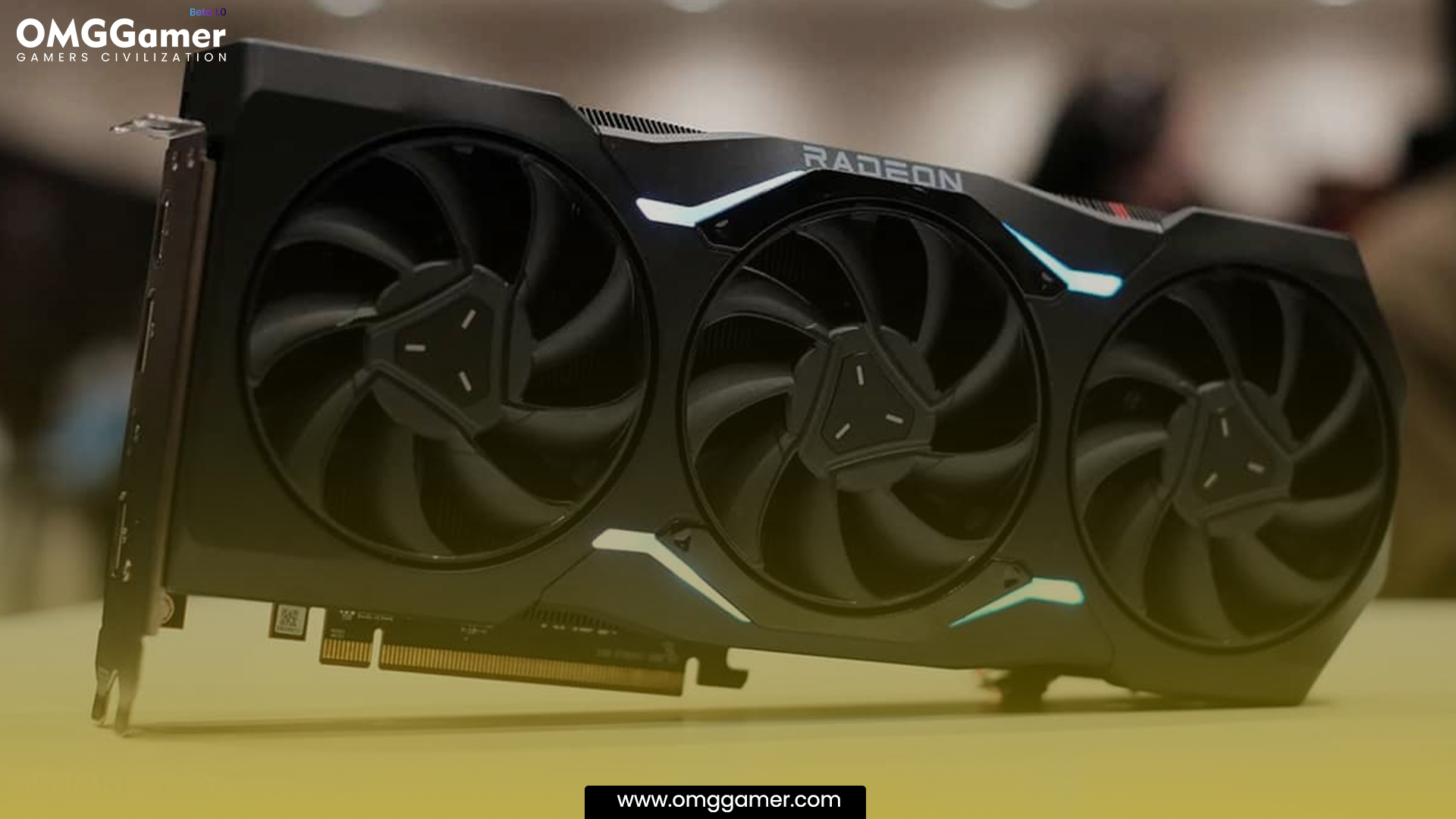
Difference between RDNA 4 and RDNA 2
AMD RDNA 4 isn’t officially known, but rumors suggest it might have a more sophisticated 5nm or 6nm manufacturing process, enhancing performance and power efficiency.
With better hardware ray tracing and variable rate shading capabilities, we expect RDNA 4 might also have a faster clock speed than RDNA 2.
Compared to RDNA 2, RDNA 4 is anticipated to offer several significant advancements, including more sophisticated manufacturing, faster clock rates, and new graphics capabilities.
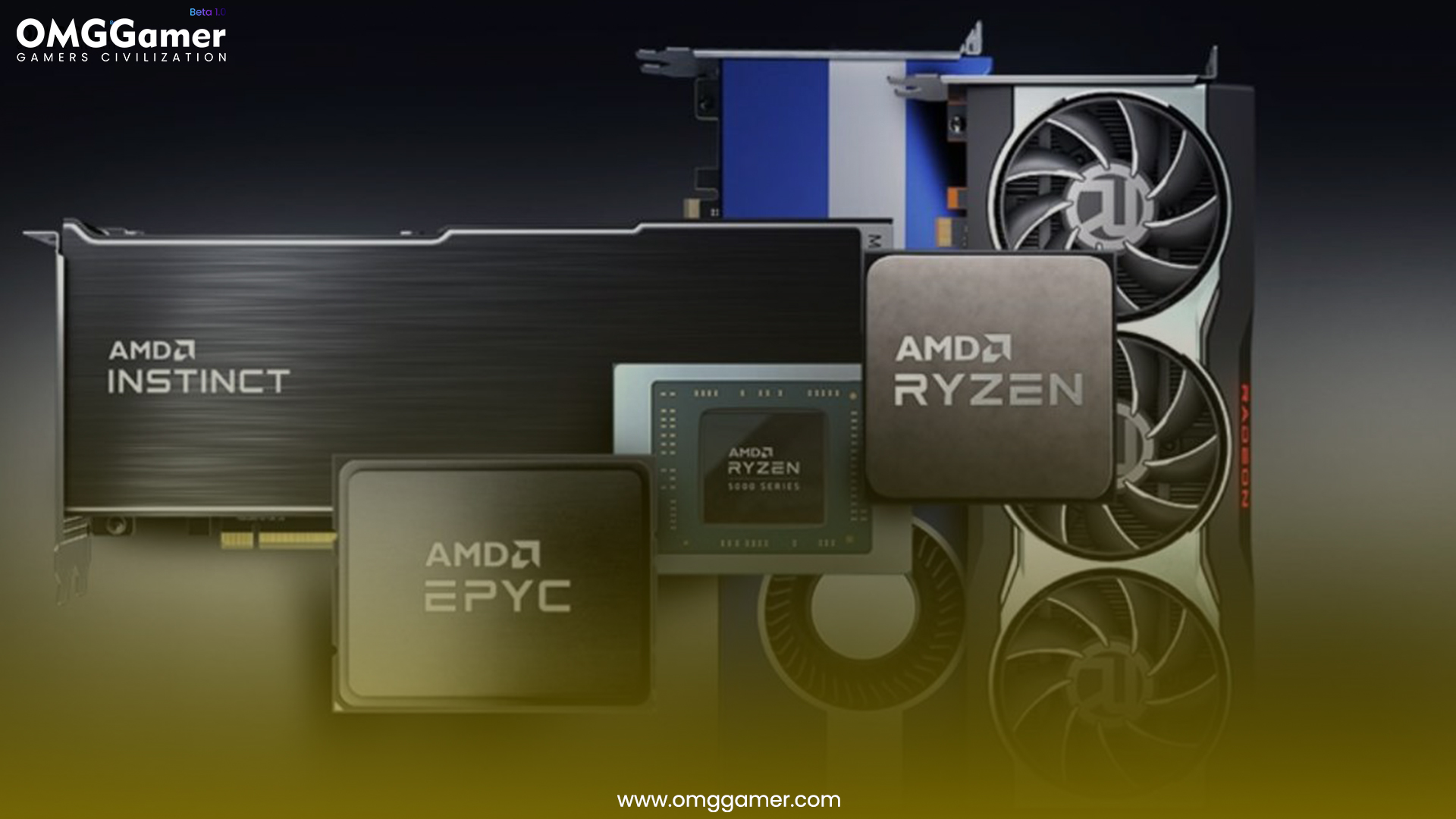
Frequently Asked Questions
FAQ 1: What does AMD RDNA stand for?
Answer: RDNA is the short form for “Radeon DNA.” AMD (Advanced Micro Devices) developed a group of graphics processing units (GPUs) for their Radeon graphics cards. Since its first release in 2019, the RDNA architecture has been incorporated into several high-performance GPUs, including the Radeon RX 5000 and 6000 series. High performance, power efficiency, and support for cutting-edge graphics technologies like hardware-accelerated ray tracing and variable rate shading are all features of the RDNA architecture.
Until the final verdict comes from the officials, we all have to wait for the AMD RDNA 4 Release Date. But don’t be disheartened, as on omggamer.com, we have plenty of other gaming articles you can enjoy and share with friends.


![5 Best Logitech Gaming Headset in 2025 [Gamers Choice] 1 Best Logitech Gaming Headset](https://blog.omggamer.com/wp-content/uploads/2025/10/Best-Logitech-Gaming-Headset.jpg)

![10 Best Purple Gaming Chairs in 2025 [Reviews & Guide] 3 Best Purple Gaming Chairs [Reviews & Guide]](https://blog.omggamer.com/wp-content/uploads/2025/10/Best-Purple-Gaming-Chairs-Reviews-Guide.jpg)
![ASUS ROG Swift PG27UQ Review in 2025 [Design, Specs, Deals] 4 ASUS ROG Swift PG27UQ Review](https://blog.omggamer.com/wp-content/uploads/2025/10/ASUS-ROG-Swift-PG27UQ-Review.jpg)
![10 Best CPU Cooler With Screen in 2025 [Gamers Choice] 5 CPU Coolers With Screen](https://blog.omggamer.com/wp-content/uploads/2025/10/CPU-Coolers-With-Screen.jpg)
![Gaming Notebooks Advantages in 2025 [Complete Guide] 6 Gaming Notebooks Advantages](https://blog.omggamer.com/wp-content/uploads/2025/10/Gaming-Notebooks-Advantages.png)


